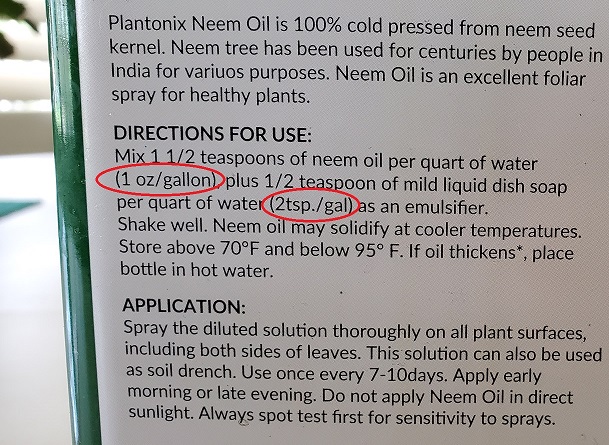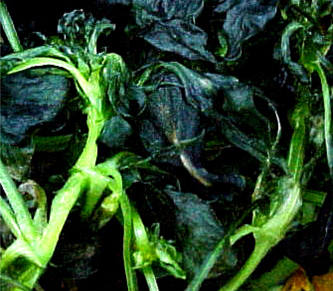Been using Southern AG clarified neem oil occasionally when not using cold pressed.
It has a great engineered adjuvant package that completely emulsifies the neem oil and sports spreader stickers, water wetters, surfacents, emulsifiers, all great adjuvacants/additives, and ph is perfect. It leaves leafs supple and shinny. My plants seem to respond to it like a steroid and pop out flowers and buds, standing up straight and tall... Its good stuff, but lacks the punch of cold pressed with its higher content aza to knock down more stubborn pests like mites/etc.
Iirr,, mixing ratio is 1-4 tbs per gallon water. With 2-4tbs recommended for mites. I've settled on 3tbs for regular preventive maintenance sprays.
So, was trying different emulsifier agents for my cold pressed neem oil (same ones listed and recommended in this thread) instead of Dr Boners soap, but don't like any of them. And the proper ratio is all experimental, to little and globs form in sprayer, just a little to much and leafs curl. Can't find the right ratio, almost seems like there isn't one. My belief is 1 emulsifier isn't enough to correctly do the job. Needs a combination of emulsifier, surfacants, wetters, stickers, spreaders, thickeners,etc. Something I can't figure out. When I spray, want the solution to be sprayed/spread evenly, easily absorbed, covers/sticks too leafs surface completely, and mix thoroughly with water not separating, thus being 100% effective, instead of a waste of time or destructive. To me, 50% effective is a waste of time as 50% of most pests is still out of control.
Did an experiment. Have 6 test plants that I could not cull. They were the runts of the litter. A few SB, 1 Jala, 2 Fatalii. Planted them in smaller than ideal extra containers with old media refreshed with a little worm castings and dry org fert. They seemed to grow good and out grew their runt status. I've topped them a couple times to keep them on the smaller side. I use them for test purposes..
So, decided to see if the Southern AG clarified neem with its great adjuvant package, had enough emulsifier left to emulsify another 1tbs of cold pressed Neem. It did. Mixed 3tbs Southern AG clarified neem + 1 tbs Cold Pressed Neem to 1 gallon water,, worked great on my test plants. Been 2 days now, No leaf curl, no globs in sprayer and leafs looked shinny healthy standing up, with flowers popping out everywhere...
Haven't tried this on my garden yet, but will give it a go probably this week. Think it will be ok..?




